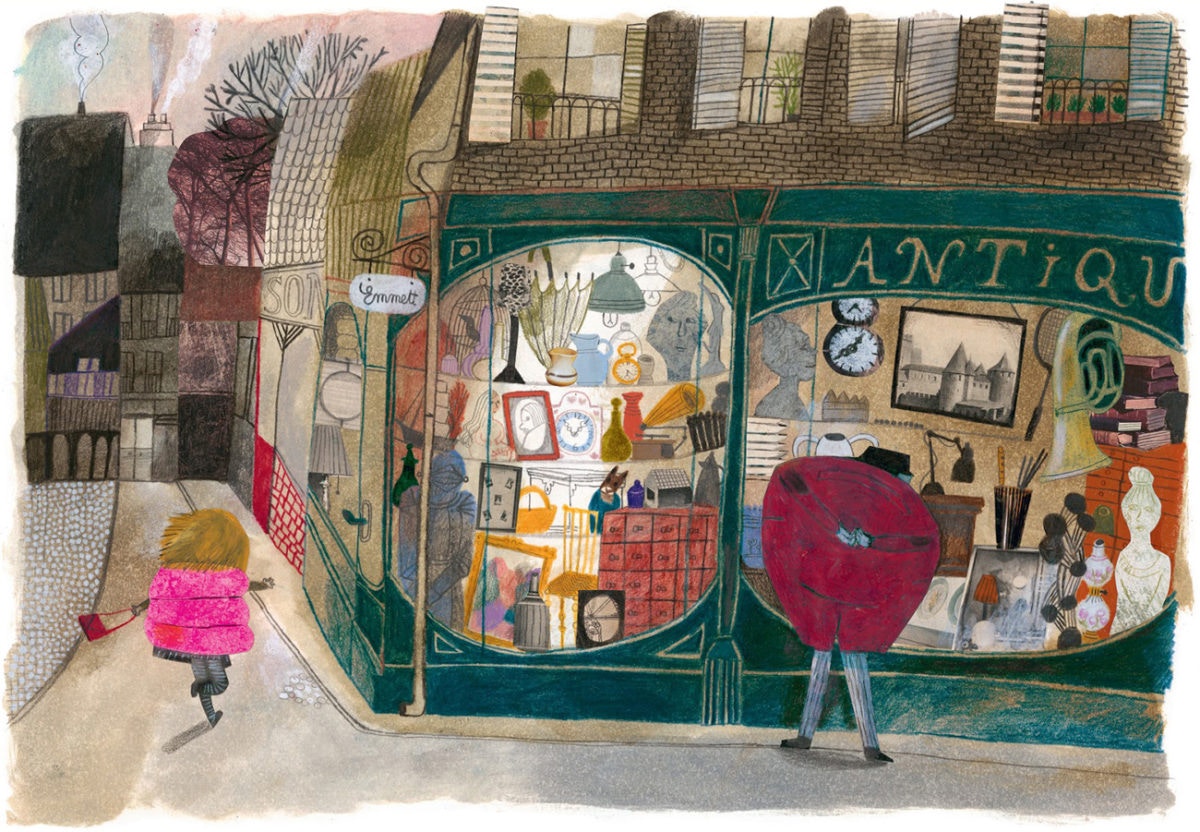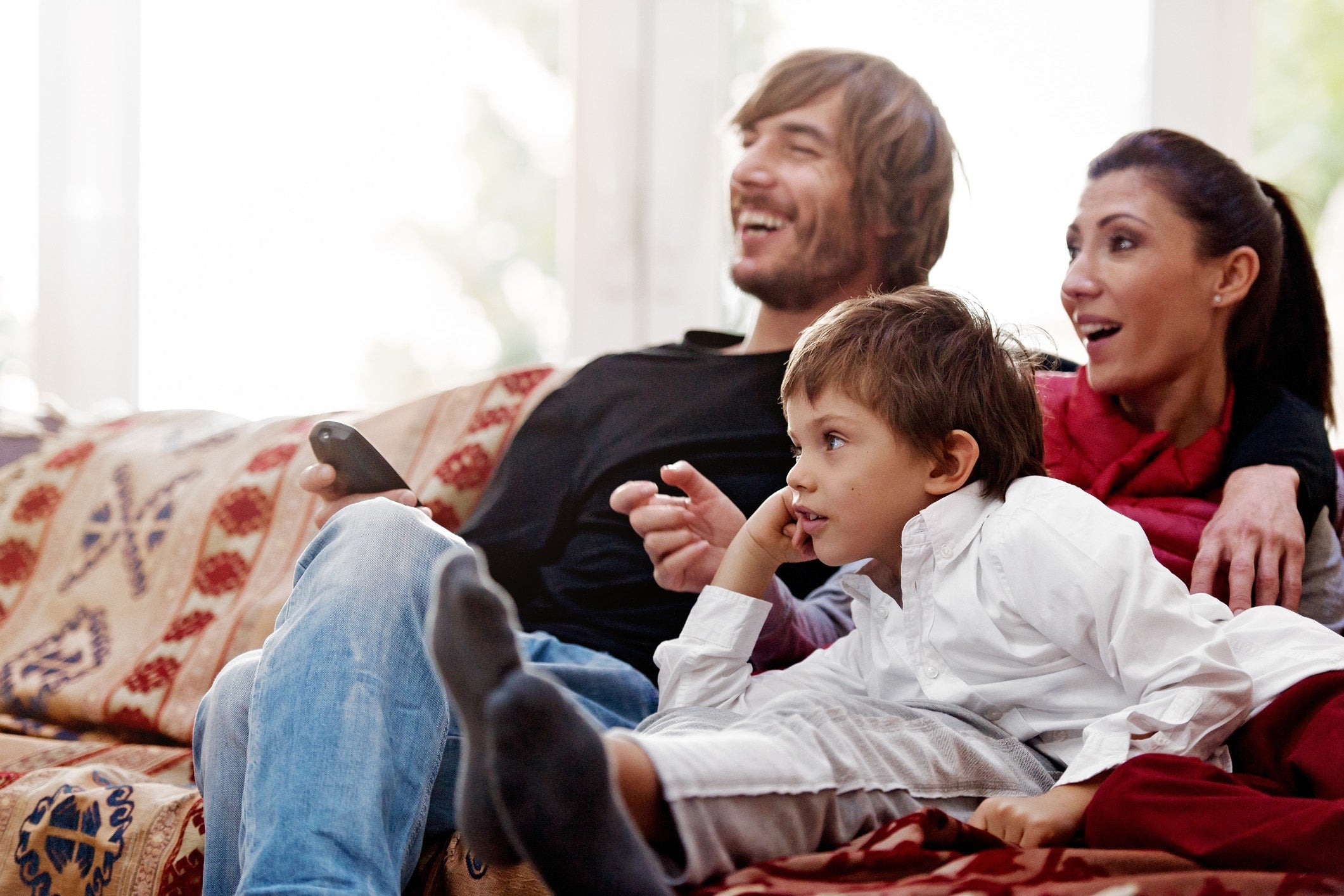A new study in Psychological Science suggests social bias is "contagious," even for children of young ages.
Researchers from the University of Washington's Department of Psychology hypothesized that nonverbal signals of bias such as smiling, frowning, leaning in, leaning out, speaking warmly, and speaking coldly, would create an "infected atmosphere" from which kids can "catch" social biases.
The researchers conducted two experiments to test this hypothesis. In the first, preschoolers watched a video featuring two people (whom the researchers refer to as "targets"), one wearing black and one wearing red. In the videos, two different women were positioned between the two targets, and were depicted greeting the targets and giving them toys. Although the women's verbal actions were identical, their nonverbal actions changed depending on the target.
After watching the video, children were given a toy and asked which person in the video they wanted to give it to. The children were more likely to give to the toy to the target of positive nonverbal signals, like smiling, than to the target of negative nonverbal signals, like frowning.
The researchers used another video to test which target they were more likely to imitate. The children watched another video in which the actors gave a wooden toy to the targets. One target called the object a "snegg" and the other a "hoon." The children were then shown the same wooden toy and asked what it was called. The children were more likely to imitate the target who had received positive nonverbal signals.
The researchers concluded that when children witness nonverbal social bias, they are likely to develop that bias.
The finding that nonverbal signals will influence children's behavior toward a person is concerning enough, but the researchers' second experiment demonstrated that nonverbal bias can create generalizable social bias.
In the first part of the second experiment, children watched the same black shirt/red shirt video. Then the experimenter showed the children two new women, the "best friends" of the targets, one wearing black and one wearing red. When the children were asked which friend they liked the best, they exhibited a slight preference toward the friend of the target of positive nonverbal signals.
In the second part of the experiment, the "best friends" repeated the "snegg" and "hoon" activity. The children preferred the word used by the "best friend" of the target of positive nonverbal signals, and were more likely to say they'd give a toy to that same best friend.
The researchers note the enormous implications of nonverbal signals:
"Given that many preschoolers in the United States live in fairly homogeneous communities, they may have limited exposure to out-group members (e.g. religious, racial, and ethnic out-groups), and thus have limited opportunities to observe positive nonverbal signals demonstrated toward such people. Thus, it is possible that brief exposure to biased nonverbal signals against one or two out-group members could result in generalized bias against that group."
The results of this study should concern all parents, because its findings suggest that our kids learn social biases from our own nonverbal signals. And they are fast learners. It's worth stressing how short these videos are. The kids in both experiments watched a series of 30-second videos two times each. That means that kids develop observable social biases in just 10 minutes. This research should encourage us to think about our own nonverbal behaviors, and what those behaviors might be teaching our kids. Are we gregarious with some parents from school but terse with others? Do our nonverbal behaviors privilege the kids who more closely resemble our own? When do we warmly approach strangers? When do we look down and hurry past them? Do we lean in toward the fellow shopper asking a question, or lean away?


